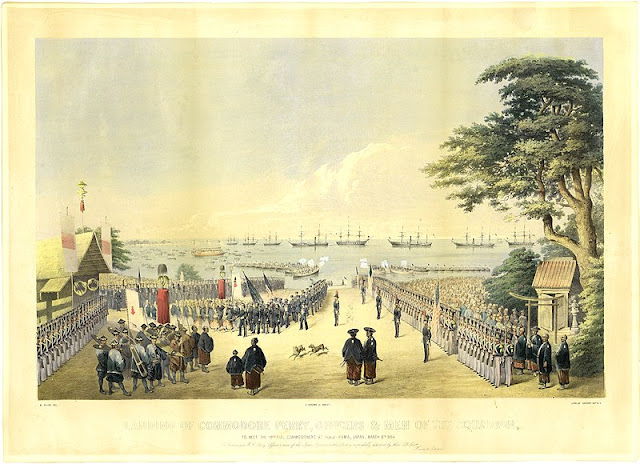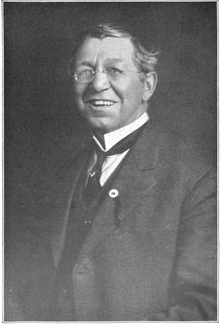March 31, 1854: Commodore Matthew Perry signs the Convention of Kanagawa, opening trade between Japan and the United States
Throughout the 17th century, the ruling Tokugawa shogunate of Japan sought to limit foreign influence on their country. They worried that foreigners would have a negative influence on their citizens. They also worried that foreigners would inevitable overthrow their government. However to European and American minds, Japan offered lucrative trade opportunities for any country that could unlock her rich shores. In 1846, an expedition under Commodore James Biddle attempted to gain entrance to the country but was refused. In 1853, President Millard Fillmore decided to redouble the effort and sent Commodore Matthew Perry to force open the country to trade. In February 1854, Perry sailed into Edo Bay with 8 gunboats. The Japanese granted him access. On March 31, Perry and the Tokugawa shogunate sighed the Convention of Kanagawa , opening up trade between the United States and the reclusive county of Japan.




Comments
Post a Comment